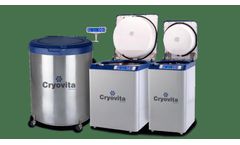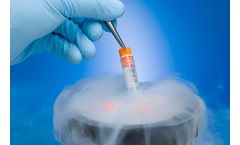Cryogenic Storage Articles & Analysis
6 articles found
The cryogenic process and cryo storage are ideal solutions for the storage of biological samples and ensuring cell viability over time.Storing a sample under cryogenic conditions requires careful preparation to minimise damage to the sample. ...
The vitrification process and freezing using liquid nitrogen are common methods used in the cryogenic freezing. Cryogenic Storage: Some samples can be stored at -80 °C, however it is most common that samples would be stored at -196 °C in liquid nitrogen storage tanks. ...
What is Cryo Storage?Cryogenic Storage refers to the storage of Cryogenic liquids, which are used for their low temperature properties. ...
However, these sophisticated therapies introduce additional barriers such as the requirements for ultra-low and cryogenic storage, which affect numerous steps of the biomedical solutions’ life cycles, from their development to their administration. ...
Chemical-resistant labels can withstand long-term exposure to most disinfectants, including ethanol (up to 100%), isopropanol, and bleach, ensuring they remain affixed to your device and legible, no matter how many times they’re cleaned. Cryogenic labels – Some types of devices are based on human tissues and cells, such as cultured cells for regenerative therapy and ...
And, sometimes problems arose when individual scientists left the Institute if they failed to leave clear and accessible information about the material they had stored. The building of the NIBSC Cryogenic Storage Unit (CSU) provided the perfect opportunity to sort through the material being stored. ...






